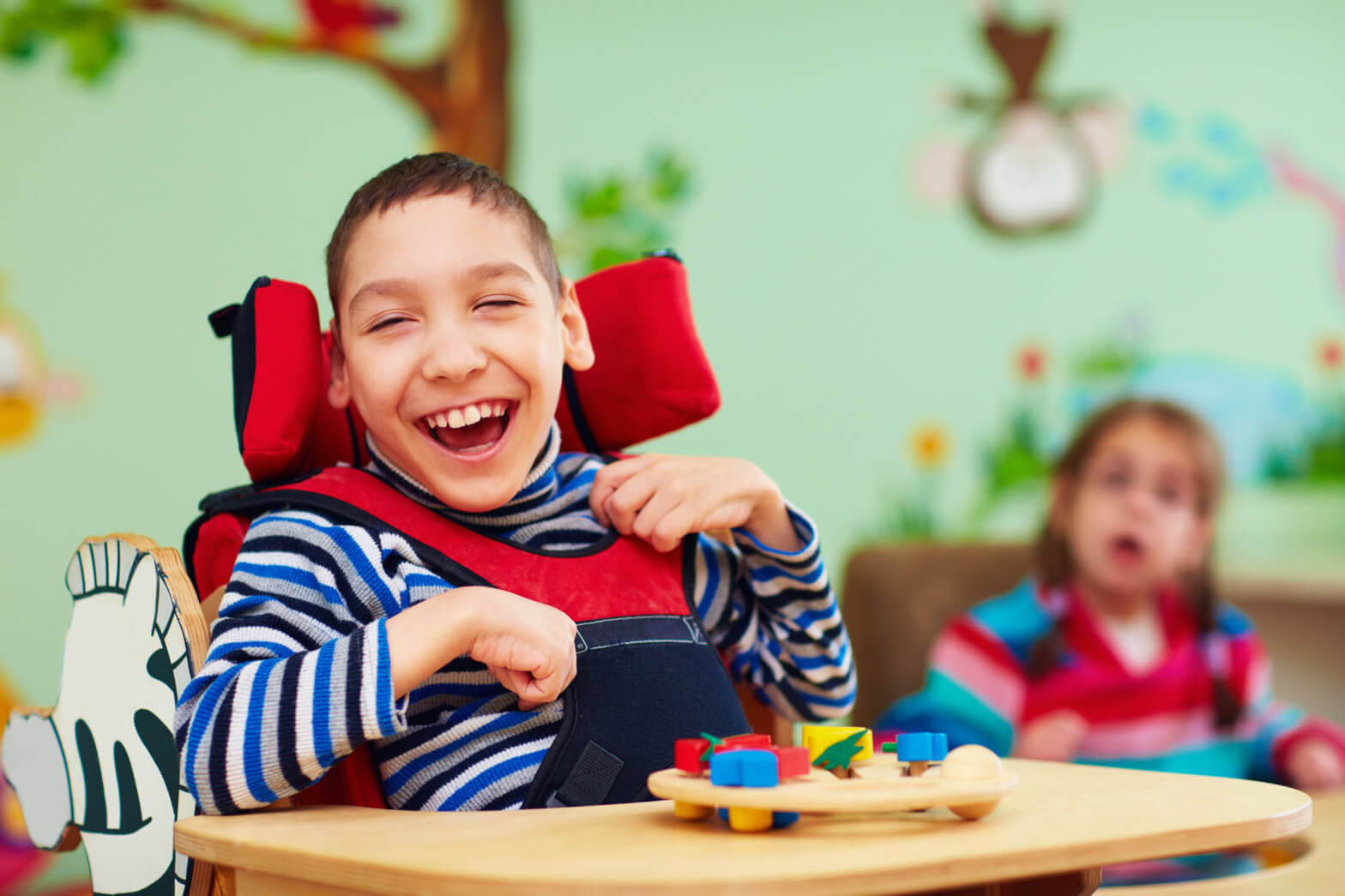
DiYES International School – Osteogenesis Imperfecta is a rare genetic disorder that affects the strength and structure of bones. Many children born with this condition experience frequent fractures from seemingly harmless activities like crawling or hugging. The condition results from a defect in the production of collagen, a protein crucial for bone flexibility and durability. Children with this disorder often live with mobility challenges, chronic pain, and emotional trauma due to the unpredictability of injuries.
While the severity of the condition varies, some children experience hundreds of fractures before reaching adolescence. The emotional strain on families is immense, as daily care routines must be tailored to avoid further injury. Early diagnosis can offer a better quality of life through intervention and therapy. Although Osteogenesis Imperfecta remains incurable, medical advancements have helped improve bone strength and mobility over time. Understanding this condition is essential in building awareness and creating inclusive environments for affected children.
The medical landscape of Osteogenesis Imperfecta provides a deeper understanding of how the condition affects young bodies. Doctors categorize it into several types based on symptoms and genetic mutations. Some forms are mild with fewer fractures while others are severe and life-threatening. Genetic testing helps confirm the diagnosis and guide treatment options. Osteogenesis Imperfecta stems from mutations in the genes responsible for collagen production leading to brittle bones, deformities, and growth limitations. Children may also experience dental issues, hearing loss, or spine curvature. Treatment involves a multidisciplinary approach with input from orthopedists, pediatricians, physical therapists, and nutritionists. Physical therapy builds muscle strength to support fragile bones. Bisphosphonate medications help reduce fracture frequency by increasing bone density. In some cases surgical interventions reinforce weakened limbs. Families learn to adapt their homes and routines to create safer spaces. Living with Osteogenesis Imperfecta demands careful medical oversight combined with emotional and social support.
“Read about: Doctors Warn: This Everyday Habit Could Be Causing Your Child’s Constipation”
Raising a child with Osteogenesis Imperfecta requires constant vigilance and emotional resilience. Everyday actions like playing with siblings or walking on uneven ground carry risk. Children often become hyperaware of their bodies and learn early how to advocate for themselves. Parents must adjust home environments to minimize falls and accidents. Padded floors, lightweight wheelchairs, and customized clothing become part of daily living.
Schooling may involve special accommodations or virtual classes depending on fracture severity. Social interaction is vital yet sometimes difficult due to mobility restrictions and stigma. Children can experience isolation or frustration when they cannot participate in typical childhood activities. Emotional support from therapists, peer groups, and understanding educators plays a key role in building confidence. Parents find strength in community forums where advice and encouragement are shared. Emotional intelligence and resilience grow stronger through challenges. Despite physical limitations many children with this condition lead fulfilling lives full of creativity and passion.
“Read more: One Bite and You’re Hooked: The Ultimate Bapao Recipe Revealed”
Advocacy groups around the world have played an important role in bringing attention to Osteogenesis Imperfecta. These communities offer resources, support networks, and updated medical guidance to families. Global awareness campaigns have helped reduce stigma and spark public interest in rare disease funding. Organizations hold events to celebrate strength, share stories, and raise funds for research. Education programs aim to inform schools and workplaces about the condition and promote inclusion. Online platforms offer virtual meetups, fundraising tools, and wellness programs.
Families find comfort in knowing they are not alone. Events like Rare Disease Day and condition-specific walks draw public figures and media coverage. This increased exposure helps push for better legislation, medical funding, and insurance access. Global support systems strengthen when governments recognize the challenges and commit to solutions. International collaborations between research institutions have helped advance genetic studies and potential future treatments. With continued advocacy the global impact keeps growing.
Innovation in medical technology and research brings hope for the future of children living with Osteogenesis Imperfecta. Scientists are exploring gene editing tools like CRISPR to correct collagen gene mutations. 3D printing is being studied to develop bone scaffolds that can support growth and healing. New drug trials focus on bone growth stimulation and pain management without severe side effects. Virtual physical therapy platforms allow children to safely strengthen their bodies from home. Emotional wellness programs are being integrated into care models to support mental health. As the medical community deepens its understanding of this condition, more children may benefit from customized care plans. The goal is not only to reduce fractures but to give each child the freedom to explore life with less fear. Hope grows each time a new discovery is made. Innovation continues to transform the way Osteogenesis Imperfecta is treated and understood worldwide.